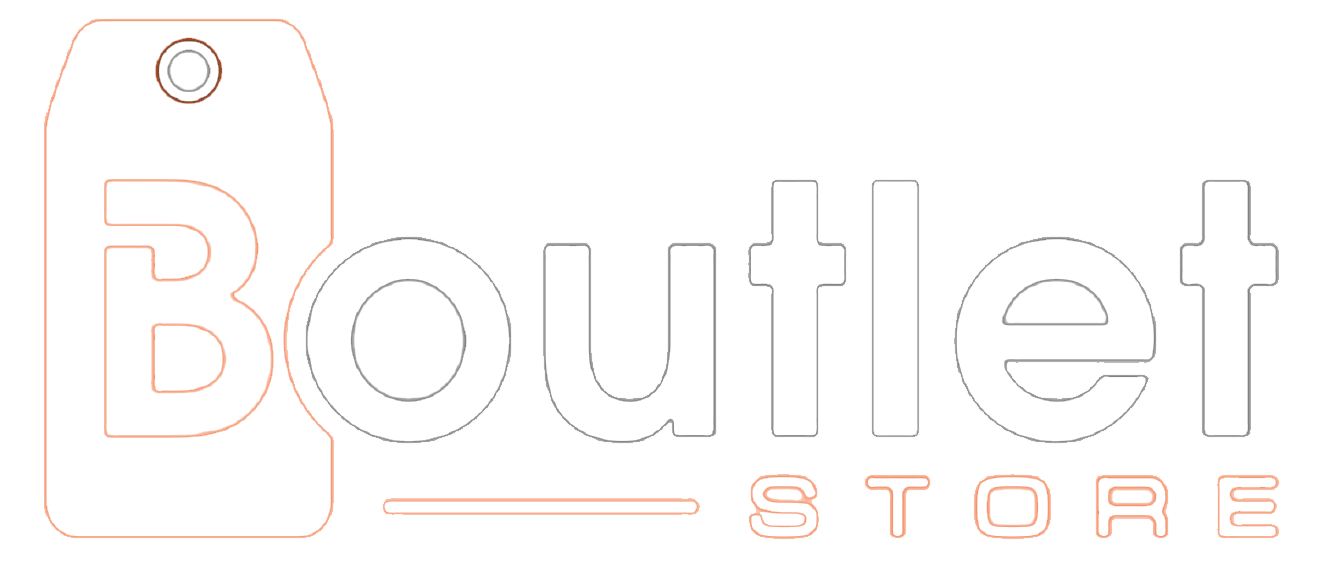Home
/
Bedding & Bath
/
None 15 lb. 60 in. x 80 in., 100% Queen Cooling and Breathable Tencel Cover Weighted Blanket
None 15 lb. 60 in. x 80 in., 100% Queen Cooling and Breathable Tencel Cover Weighted Blanket
Quantity
-
DetailWe know, we know... it sounds hard to believe. If you've ever covered yourself with a heavy winter blanket and woken up in a pool of sweat, we hear you. So how does it work. The magic is in the TENCEL, a revolutionary fabric we've come to love here at GHOSTBED (our cooling sheets are made with it too.).While other weighted blankets are designed with moisture-trapping "minky" fabric or heat-generating micro-fleece, our cover is 100% TENCEL. With a plant-based origin, the fiber is extracted using an extremely eco-friendly closed-loop system. This fabric has a whole host of outstanding properties, including temperature regulation, breathability and superior moisture absorption. Plus, it offers a silky-smooth texture that feels ahhh-mazing against your skin.Note: The blanket includes duvet loops if you'd like to add your own cover, but keep in mind that depending on the fabric of the duvet, you may lose some of the cooling properties. There are SO many benefits that it's hard to name them all. Weighted blankets are best known, however, for providing a science-backed technique called "deep pressure stimulation". This practice has long been used by occupational therapists to help patients reduce stress and anxiety, particularly those with autism or other sensory processing disorders.










